Discover the ultimate guide to seasoning pork with expert tips for every cut and cooking method. Whether you're grilling, roasting, or marinating, the right spices transform ordinary pork into extraordinary dishes. This comprehensive guide covers essential spices, rub recipes, marinades, global flavors, and pro techniques to maximize flavor.
Essential Spices for Pork
Pork's mild sweetness pairs perfectly with a variety of spices. Understanding flavor profiles ensures balanced seasoning for any cut. Here are the most versatile spices for pork:
| Spice | Flavor Profile | Best For |
|---|---|---|
| Smoked Paprika | Earthy, smoky, slightly sweet | Grilled chops, pulled pork, BBQ sauces |
| Garlic Powder | Bold, savory, pungent | All cuts, especially in dry rubs |
| Thyme | Herbaceous, lemony, earthy | Roasts, stews, braises |
| Black Pepper | Peppery, sharp, spicy | Steaks, chops, pan-seared cuts |
| Cumin | Nutty, warm, smoky | Mexican-style tacos, carnitas |
| Mustard Seeds | Sharp, tangy, mustardy | Glazes, marinades, pickling brines |
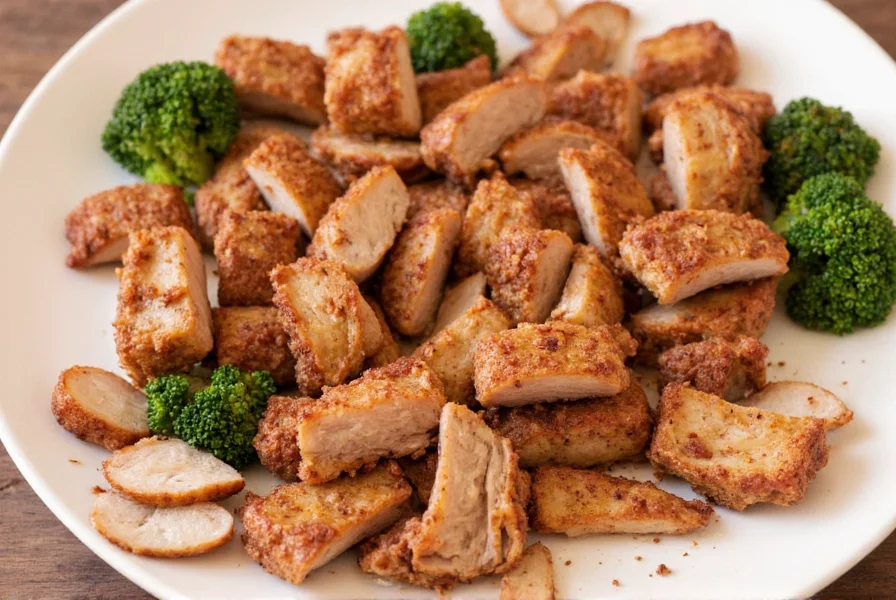
Mastering Pork Rubs and Marinades
Properly applied seasonings penetrate meat for deep flavor. Here's how to create perfect rubs and marinades for any cut:
Ultimate Dry Rub Recipe
Perfect for grilled or smoked pork, this rub balances sweetness, smoke, and heat:
- 2 tbsp brown sugar
- 1 tbsp smoked paprika
- 1 tsp garlic powder
- 1 tsp onion powder
- 1 tsp black pepper
- ½ tsp cayenne pepper (optional)
- ½ tsp thyme
- Salt to taste
Pro Tip: Apply rub at least 1 hour before cooking (overnight for best results). Salt enhances flavor and helps spices adhere.

Perfect Pork Marinade
For tender, juicy results, especially with lean cuts:
- ¼ cup soy sauce
- 2 tbsp olive oil
- 1 tbsp honey or maple syrup
- 1 clove minced garlic
- 1 tsp smoked paprika
- ½ tsp black pepper
- Juice of half a lime or orange
Pro Tip: Marinate 4-12 hours. Acidic ingredients tenderize but don't over-marinate or the texture becomes mushy.
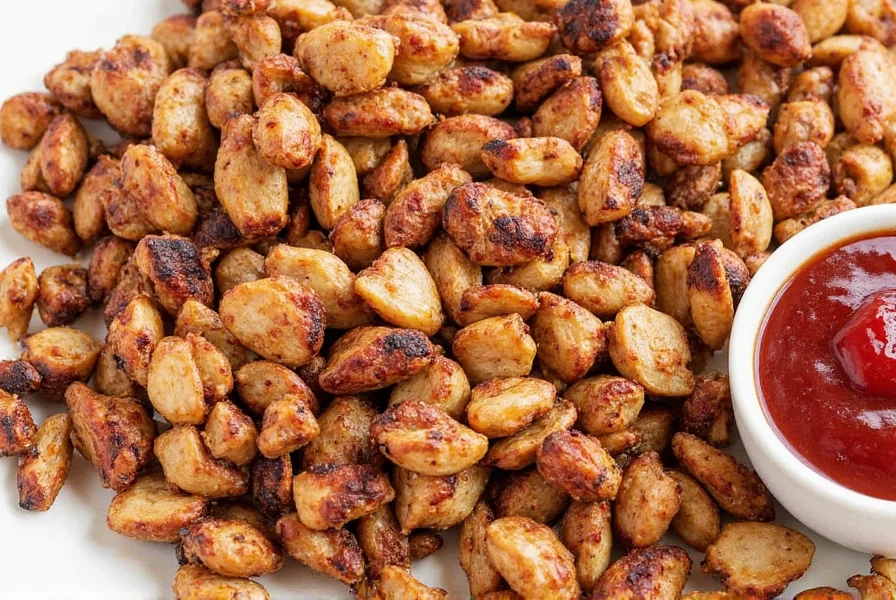
Global Pork Seasoning Inspirations
Explore world flavors with these authentic spice combinations:
| Cuisine | Signature Spices | Key Ingredients | Recommended Cut |
|---|---|---|---|
| Mexican | Ancho chili powder, cumin, oregano | Orange zest, garlic, vinegar | Pork shoulder (carnitas) |
| Chinese | Five-spice powder, ginger, star anise | Hoisin sauce, soy sauce, rice wine | Pork belly or ribs |
| Mediterranean | Oregano, rosemary, sumac | Lemon juice, olive oil, garlic | Pork chops or leg roast |
| Korean | Gochujang, sesame oil, gochugaru | Rice vinegar, garlic, sugar | Pork belly or butt |
| Caribbean | Allspice, thyme, Scotch bonnet | Lime juice, garlic, soy sauce | Pork shoulder or ribs |
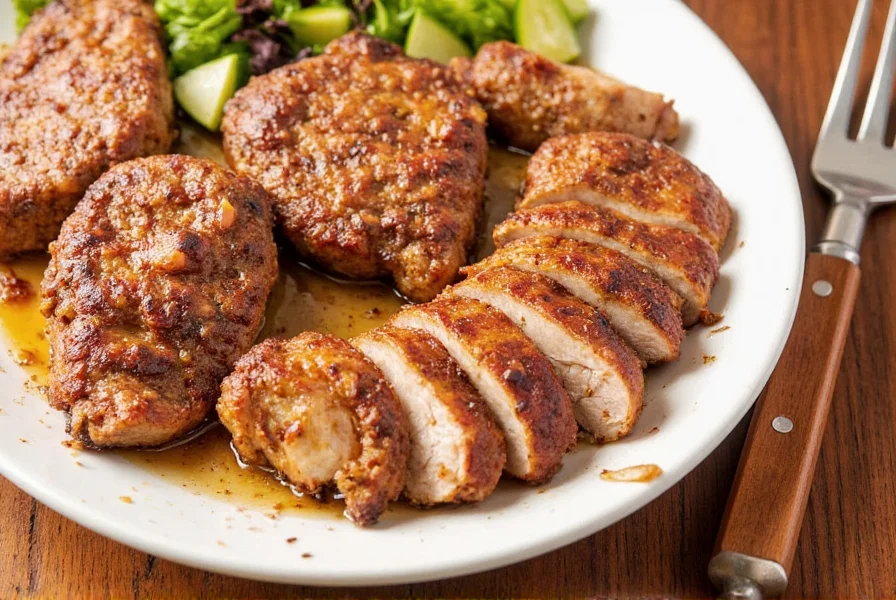
FAQ: Pork Seasoning Expertise
How do I balance spices for fatty vs. lean pork cuts?
Fatty cuts (belly, shoulder) benefit from bold spices like smoked paprika and cumin that cut through richness. Lean cuts (tenderloin, loin) need acid components (citrus, vinegar) to prevent dryness. Always adjust salt levels based on fat content.
What's the ideal marination time for pork?
4-12 hours is ideal. Lean cuts need 4-6 hours max to avoid texture changes, while fatty cuts can handle 12-24 hours. Never exceed 48 hours as acid will break down the meat surface.
When should I apply salt to pork?
Apply salt at least 40 minutes before cooking for moisture retention. For roasts, salt 24 hours ahead and refrigerate uncovered for better browning. Avoid salting immediately before cooking.
How to fix over-seasoned pork?
For excess salt: soak in cold water 30 minutes. For too much heat: add honey or dairy. For unbalanced flavors: serve with complementary sauce (sweet glaze for spice, acid for saltiness).
Can I use the same rub for pork and other meats?
Yes, but adjust ratios. Pork benefits from sweeter elements (brown sugar), beef needs bolder earthy spices, and chicken works well with similar blends. Always customize for the protein.
How long do homemade spice blends last?
Store in airtight containers away from light. Peak flavor lasts 6 months (whole spices last longer than ground). For maximum potency, keep base components separate and grind before use.
What's the secret to balancing sweet and savory in pork rubs?
Use a 3:2:1 ratio: 3 parts savory (paprika, garlic), 2 parts sweet (brown sugar), 1 part heat (pepper). Include a small amount of acid (citrus zest) to cut richness. Taste before applying - it should be slightly stronger than desired as cooking mellows flavors.
Top Pork Seasoning Blends for Every Kitchen
When mixing your own isn't practical, these pre-made blends deliver professional results:
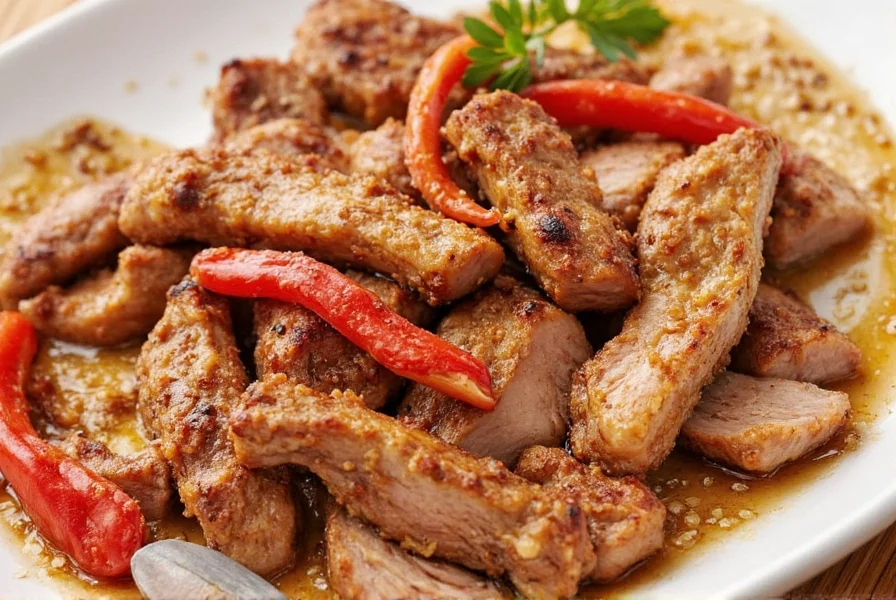
Big Bold BBQ Rub
Features: Smoky paprika base, brown sugar, chili, garlic
Best For: Grilled/smoked meats, summer cookouts
Mexican Carnitas Seasoning
Features: Ancho chili, cumin, citrus zest, garlic
Best For: Taco nights, casual dinners
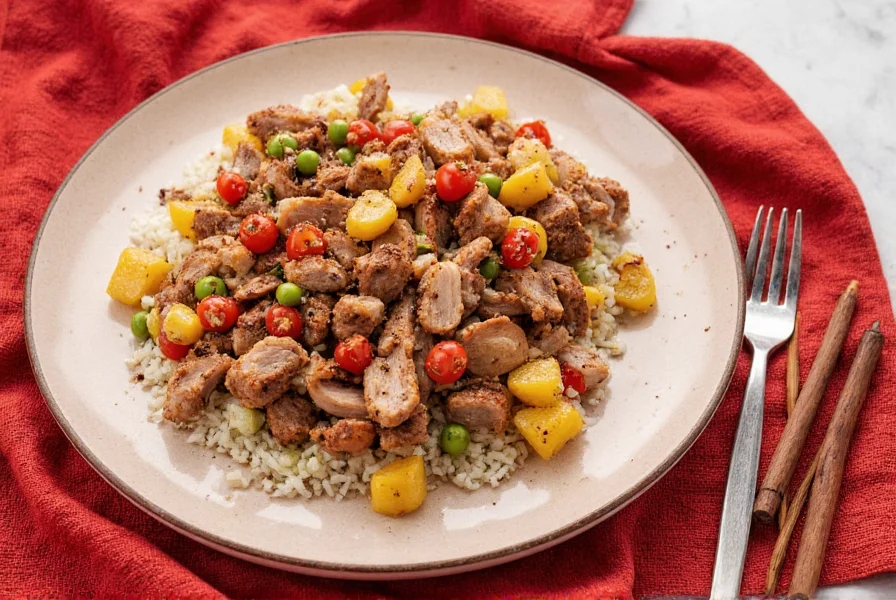
Mediterranean Herb Rub
Features: Oregano, thyme, basil, lemon zest, garlic
Best For: Health-focused cooking, weeknight dinners
Asian Five Spice Mix
Features: Star anise, cloves, cinnamon, fennel, Szechuan pepper
Best For: Chinese-inspired dishes, festive meals

Caribbean Jerk Seasoning
Features: Scotch bonnet pepper, allspice, thyme, nutmeg
Best For: Adventurous eaters, outdoor feasts
Final Pro Tips for Perfect Pork
Seasoning pork is simple when you understand these fundamentals:
- Balance is key: Combine sweet, salty, sour, and spicy elements for depth
- Use fresh spices: Replace ground spices every 6 months for maximum flavor
- Respect the cut: Match seasoning intensity to fat content and cooking method
- Let it rest: Allow rubs/marinades to penetrate before cooking

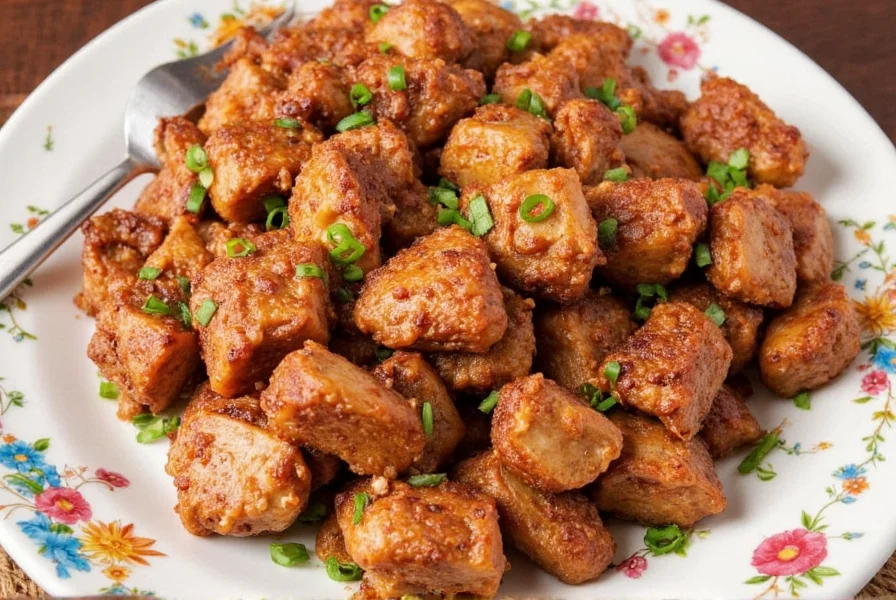









 浙公网安备
33010002000092号
浙公网安备
33010002000092号 浙B2-20120091-4
浙B2-20120091-4